Sleep Posture 101: Choosing the Right Pillow for Side, Back, and Stomach Sleepers
Getting a good night’s rest isn’t just about how long you sleep – how you sleep (your sleep posture) is equally important. The position you prefer at night has a big impact on the kind of pillow support you need. One size does not fit all when it comes to pillows. The right pillow will keep your spine aligned in your chosen sleep position, preventing neck pain and ensuring comfortable, healthy rest. Below, we break down what each type of sleeper should look for in a pillow.
Side Sleepers: Firm, High-Loft Support
Side sleeping is one of the most common and healthy sleep positions. It naturally helps reduce snoring and can alleviate certain breathing issues. However, side sleepers need a thicker, firmer pillow to fill the gap between the mattress and your head created by your shoulder. If your pillow is too thin or soft, your head will tilt downward, straining your neck. A supportive pillow with a high loft keeps your neck straight and aligned with your spine, preventing morning neck and shoulder pain. Many side sleepers also benefit from tucking a pillow between their knees to keep their lower back and hips aligned – but your primary head pillow should be firm enough to hold its shape under the weight of your head through the night.
Back Sleepers: Medium Loft for Natural Alignment
Back sleepers sleep in a relatively neutral posture, but still need the right pillow to maintain the natural curve of the neck. If you sleep on your back, choose a medium-loft pillow that supports your head without pushing it forward. A pillow that’s too thick can angle your chin toward your chest, contributing to neck stiffness or even snoring. On the other hand, a pillow that’s too flat may leave a gap under your neck. The ideal back-sleeper pillow gently cradles the neck’s curve – often a contoured pillow or an adjustable fill pillow works well. Consistent support is key: your head, neck, and upper spine should stay in a straight line as you lie down. Some back sleepers also place a small pillow under the knees, which can ease pressure on the lower back. Overall, aim for balanced support that keeps your ears aligned with your shoulders when lying on your back.
Stomach Sleepers: Low Loft to Prevent Strain
Stomach sleeping is generally considered the least supportive sleep position – it can twist your neck and put strain on your back. If you’re a stomach sleeper, using the thinnest pillow possible (or even no pillow under your head) is often best. A soft, low-loft pillow will minimize the angle of your neck so it isn’t cranked sharply to one side. Many stomach sleepers prefer down or down-alternative pillows because they compress down very flat. You might also try placing a pillow under your stomach or hips instead of under your head – this can help keep your lower back from arching uncomfortably. Transitioning to side or back sleeping is generally recommended for better spinal health, but if stomach sleeping is the only way you’re comfortable, stick with a very slim pillow to reduce neck strain. Keeping your pillow soft and low ensures your neck stays closer to neutral alignment even when you sleep face-down.

One Pillow Doesn’t Fit All – Find What Works for You
Everyone’s body is unique, so the perfect pillow for one person might not work for another. The goal is neutral alignment: your head and neck should continue the straight line of your spine, whether you lie on your side, back, or stomach. Pay attention to how you feel in the morning – waking up with aches can be a sign your pillow isn’t right for your sleep posture. The good news is there are pillows designed for every type of sleeper. For example, DonaHona’s The Sandwich Pillow is a versatile choice that lets you adjust its multi-layer design to achieve the right height and firmness for any sleeping position. By customizing the layers, a side sleeper can get the extra loft and support they need, while a back or stomach sleeper can remove layers for a lower profile. The result is a pillow that adapts to you, keeping your spine aligned and comfortable all night long. With the right pillow tailored to your sleep posture, you set yourself up for healthier sleep and pain-free mornings – no matter how you like to snooze.


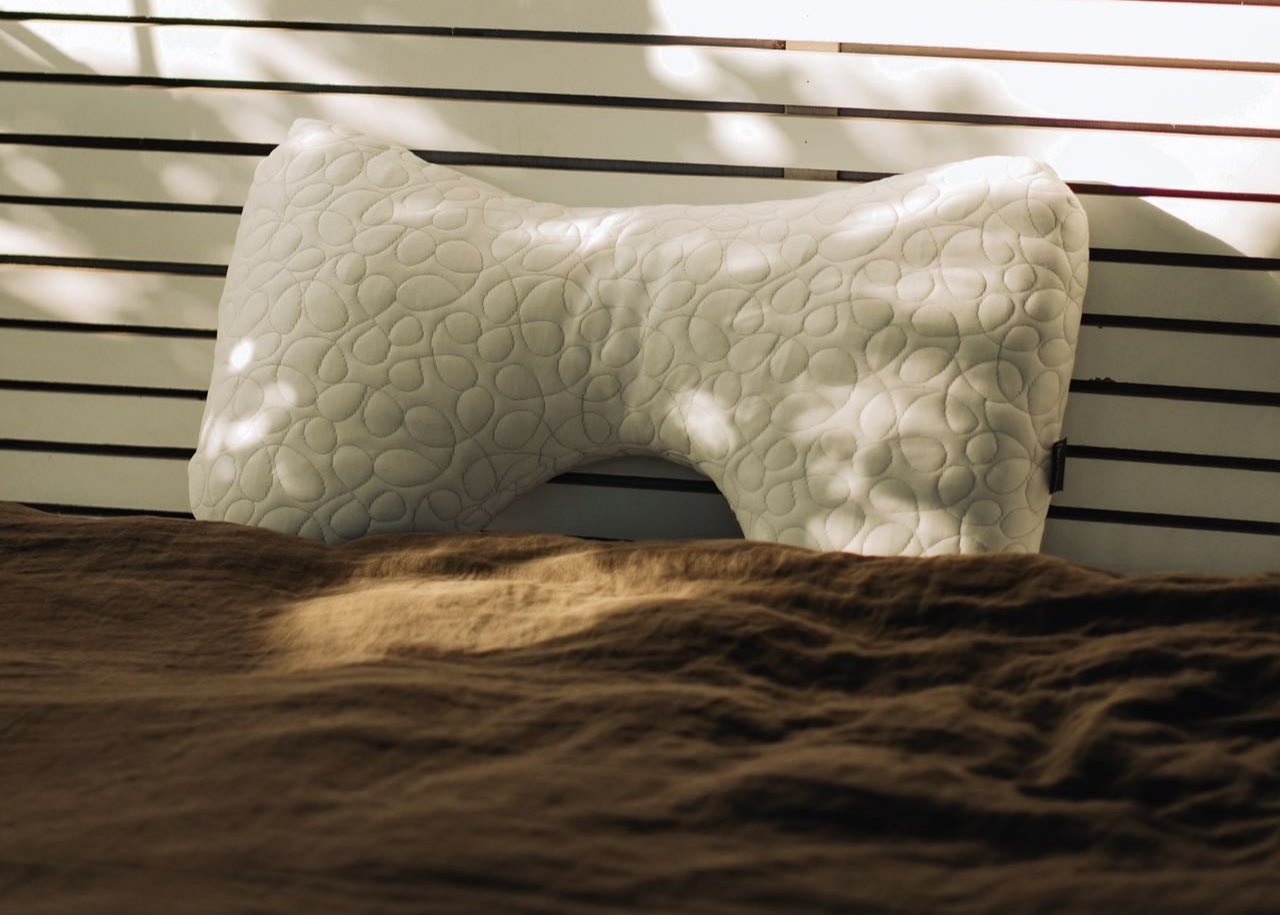
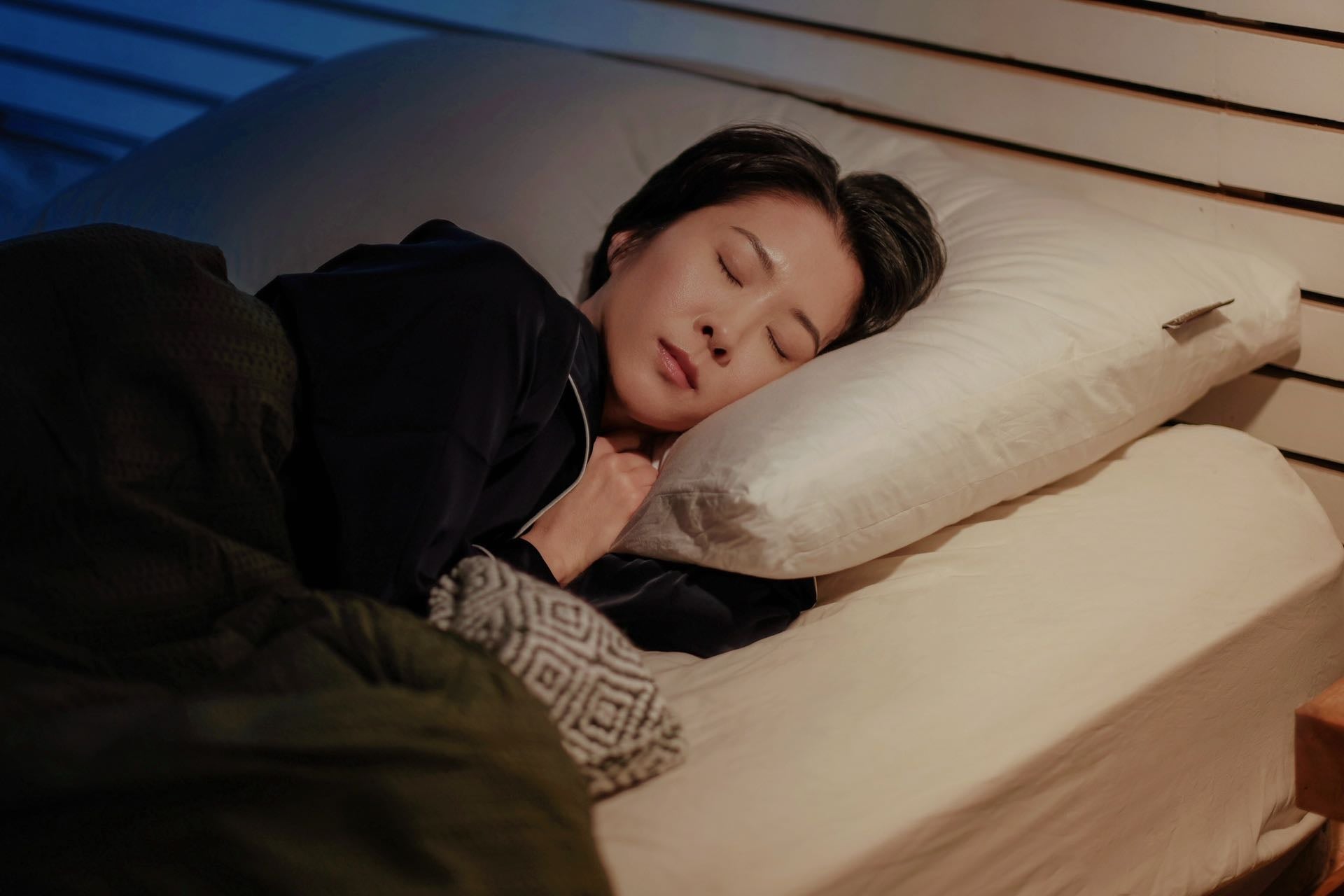


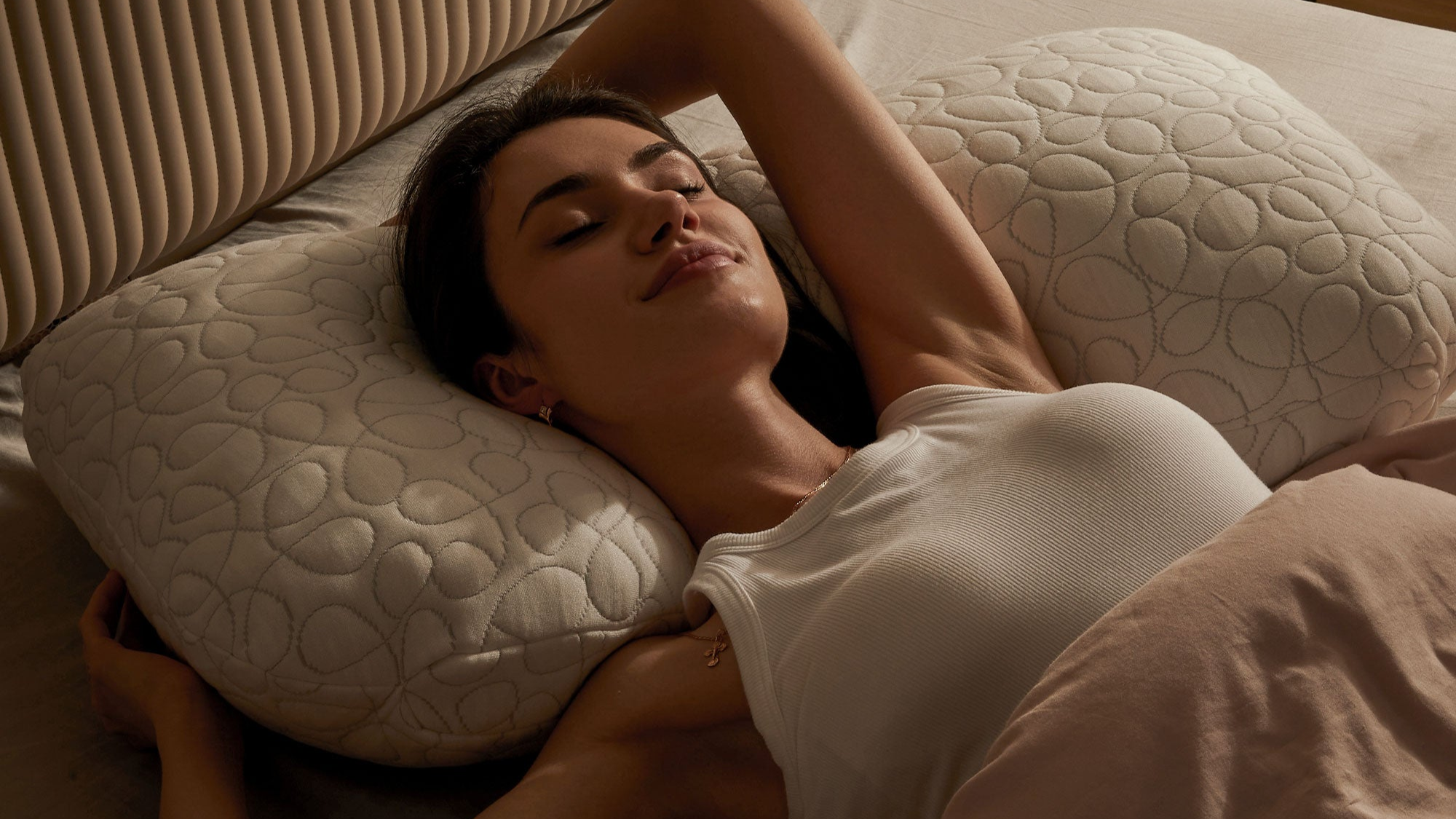
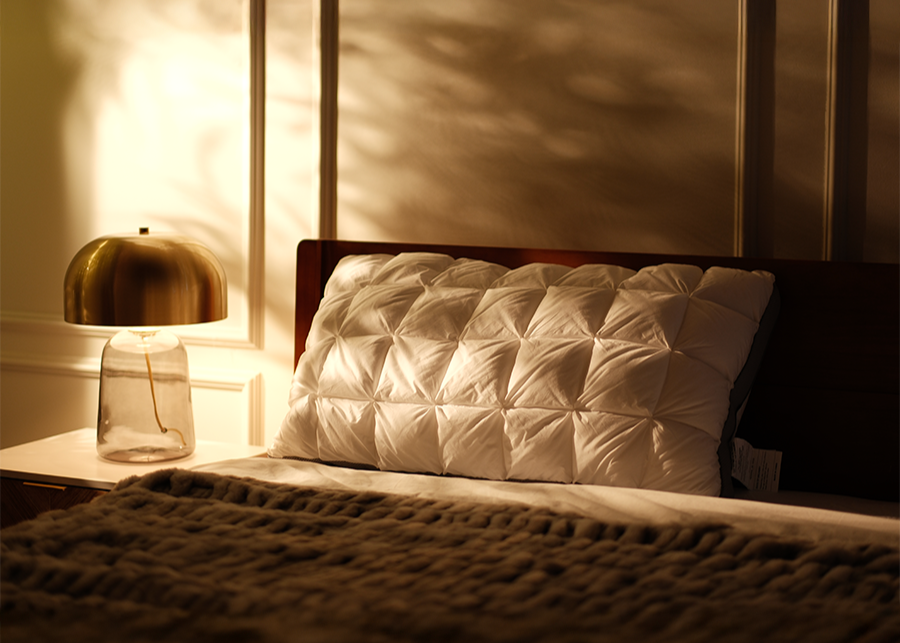

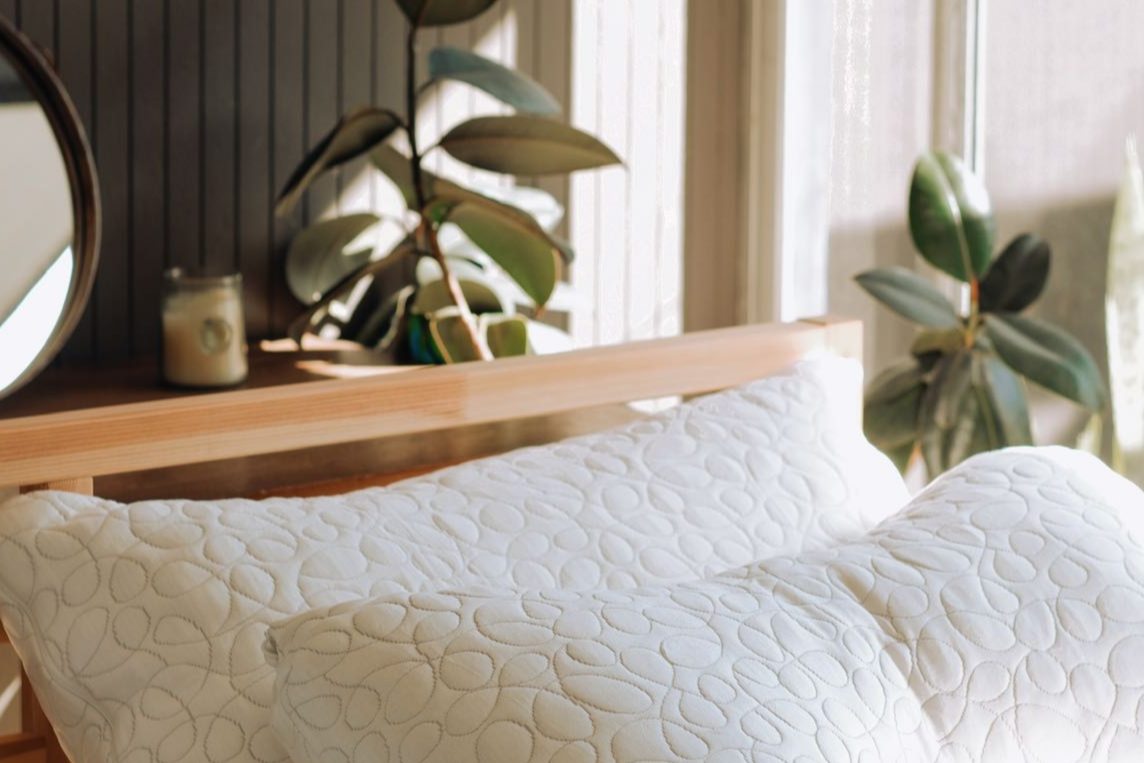
Leave a comment
This site is protected by hCaptcha and the hCaptcha Privacy Policy and Terms of Service apply.